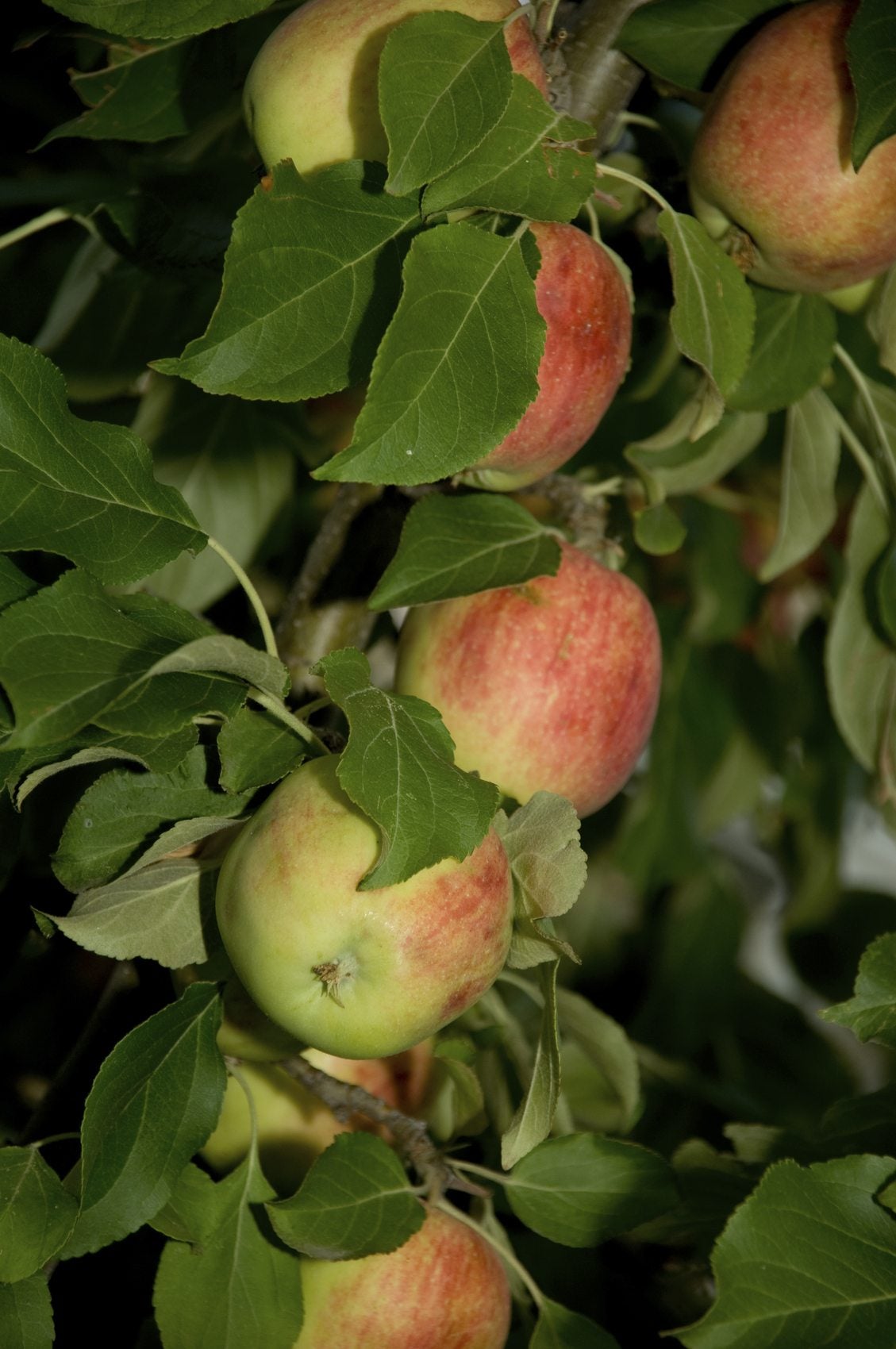Cold Hardy Apples: Choosing Apple Trees That Grow In Zone 3

Dwellers in cooler climates still crave the flavor and satisfaction of growing their own fruit. The good news is that one of the most popular, the apple, has varieties that can take winter temperatures as low as -40 degrees F. (-40 C.), USDA zone 3, and even lower temps for some cultivars. The following article discusses types of cold hardy apples – apples that grow in zone 3 and information about planting apple trees in zone 3.
About Planting Apple Trees in Zone 3
There are thousands of different cultivars of apples grown in North America with quite a few zone 3 apple varieties. The rootstock that a tree is grafted onto may be chosen due to tree size, to encourage early bearing, or to foster disease and pest resistance. In the case of zone 3 apple varieties, the rootstock is chosen to promote hardiness. Before you make a decision regarding what variety of apple you want to plant, you should consider a few other factors besides the fact that they are listed as apple trees for zone 3. Consider the height and spread of the mature apple tree, the length of time the tree takes before bearing fruit, when the apple blossoms and when the fruit is ripe, and if it will take a frost. All apples need a pollinator that is in bloom at the same time. Crabapples tend to be quite hardy and bloom longer than apple trees, and thus make a suitable pollinator.
Apple Trees for Zone 3
A bit more difficult to find than some other apples that grow in zone 3, Dutchess of Oldenberg is an heirloom apple that was once the darling of English orchards. It ripens early in September with medium sized apples that are sweet-tart and great for eating fresh, for sauce, or for other dishes. They do not keep long and won’t store for more than six weeks, however. This cultivar bears fruit five years after planting. Goodland apples grow to around 15 feet (5 m.) in height and 12 feet (4 m.) across. This red apple has pale yellow striping and is a medium to large, crisp, juicy apple. The fruit is ripe in mid-August through September and is delicious eaten fresh, for apple sauce, and fruit leather. Goodland apples do store well and bear three years from planting. Harcout apples are large, red, juicy apples with a sweet-tart flavor. These apples ripen in mid-September and are great fresh, for baking, or pressing into juice or cider and store very well. Honeycrisp, a variety that is commonly found in the supermarket, is a late-season apple that is both sweet and tart. It stores well and can be eaten fresh or in baked goods. The Macoun apple is a late season apple that grows in zone 3 and is best eaten out of hand. This is a McIntosh-style apple. Norkent apples look much like Golden Delicious with a tinge of red blush. It also has the apple/pear flavor of the Golden Delicious and is great eaten fresh or cooked. The medium to large fruit ripens in early September. This annual bearing tree bears fruit a year earlier than other apple cultivars and is hardy to zone 2. The tree will bear fruit three years from planting. Spartan apples are late season, cold hardy apples that are delicious fresh, cooked, or juiced. It bears lots of crimson-maroon apples that are crunchy and sweet and easy to grow. Sweet Sixteen is a medium size, crisp and juicy apple with a very unusual flavor-- a bit of cherry with spices and vanilla. This cultivar takes longer to bear than other cultivars, sometimes up to five years from planting. Harvest is in mid-September and can be eaten fresh or used in cooking. Wolf River is another late season apple that is disease resistant and is perfect for use in cooking or juicing.
Sign up for the Gardening Know How newsletter today and receive a free copy of our e-book "How to Grow Delicious Tomatoes".

Amy Grant has been gardening for 30 years and writing for 15. A professional chef and caterer, Amy's area of expertise is culinary gardening.
